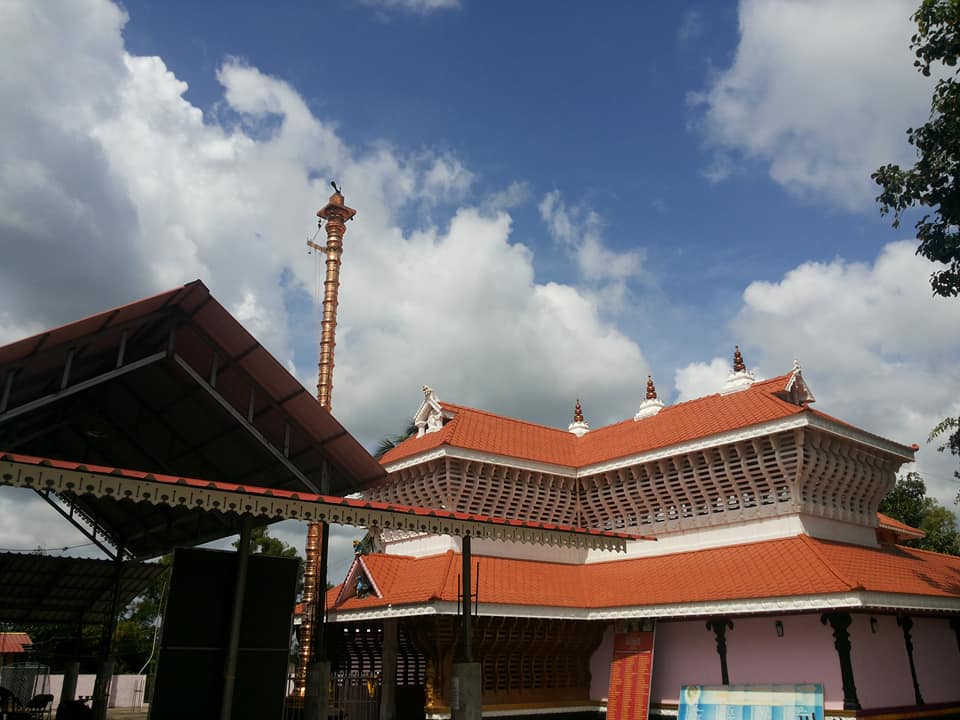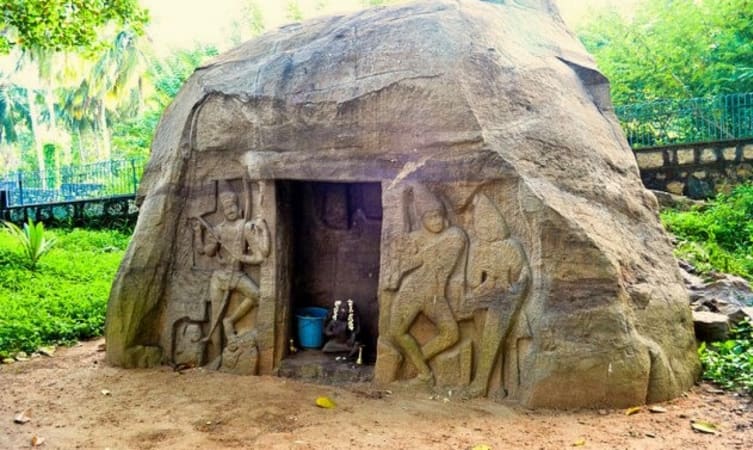Eruthavoor Muruga Temple or Eruthavoor Subramanya Swamy Temple (എരുത്താവൂർ മുരുക ക്ഷേത്രം) is a well-known temple located on the Balaramapuram – Kattakada Road in Thiruvananthapuram, Kerala. Popular as the Kerala Pazhani Temple, this Lord Murugan Temple reveres Balasubramanya Swamy or Child Muruga as the managing god. Like Palani Temple, Eruthavoor Subramanyaswamy Temple is arranged on top of a Hill and one needs to take a trip of 242 steps to arrive at the temple.
.
A hallowed place of Lord Ganapathi can be seen on the left half of the sanctum sanctorum and on the right side is the altar of Goddess Parvati. A sanctum committed to Yogishwaran (Lord Shiva) and an icon of Arumughan or Shanmukha (Muruga with 6 appearances) can likewise be seen inside the sanctuary. The sanctuary of Nagaraja and Nagakanya or the Snake Gods is on the right half of the sanctuary entrance.
Continue reading Vizhinjam Rock Cut Cave Temple is one of Trivandrum’s most popular tourist attractions, located 17 kilometers from the city. The god of Vinandhara Dakshinamurthi is housed in this single-celled rock-cut sculpture from the eighth century.
Vizhinjam Rock Cut Cave Temple is one of Trivandrum’s most popular tourist attractions, located 17 kilometers from the city. The god of Vinandhara Dakshinamurthi is housed in this single-celled rock-cut sculpture from the eighth century.